Discover Nepali Masala Loose-Leaf Tea

Tea, the world's second most-consumed beverage after water, holds a special place in the hearts of people around the globe. In Nepal, tea is not just a beverage; it's a cultural cornerstone that transcends time and borders. The land of the Himalayas, with its breathtaking landscapes and diverse culture, is home to a unique tea tradition: Nepali Masala Loose-Leaf Tea. In this blog, we'll delve into the reasons behind tea's prominence in Nepal, the introduction of tea to the region, and the allure of masala-infused tea in Asian countries, including Nepal. Join us on a journey that will leave your senses enchanted.
Tea in Nepal: A Staple Drink with Rich History:
Nepal, nestled between India and China, has a rich history of tea consumption dating back to the early 19th century. Tea became an integral part of Nepali culture during the Rana dynasty, when it was introduced by the British East India Company. Since then, tea has not only been a beverage but also a symbol of hospitality and socialization in Nepalese households.
The Masala Magic: Exploring Flavorful Traditions:
One distinctive feature of Nepali tea, along with its neighboring Asian countries, is the infusion of spices and herbs. This practice dates back centuries and has been passed down through generations. Masala tea, often referred to as 'chai,' is cherished for its invigorating blend of flavors and health benefits. Here are some key spices commonly added to Nepali Masala Loose-Leaf Tea:
a. Cloves: Cloves bring a warm and earthy aroma to the tea while providing numerous health benefits, including anti-inflammatory and antioxidant properties.
b. Ginger: Known for its spicy and zesty kick, ginger not only adds depth to the tea's flavor but also offers digestive and immunity-boosting advantages.
c. Cardamom: This fragrant spice imparts a subtle citrusy and herbal note to the tea. It's renowned for its digestive benefits and its ability to combat bad breath.
d. Cinnamon: Sometimes included, cinnamon infuses a sweet and woody essence into the tea while providing anti-inflammatory properties.
Why Masala in Tea? The Significance of Spice Blends:
Incorporating spices into tea isn't merely about flavor enhancement; it's deeply rooted in cultural and historical traditions. In Asian countries like Nepal, India, and Tibet, where the climate can be harsh, masala tea serves as a warming and comforting beverage. The spices used in masala tea also have medicinal properties, making it an elixir for wellness. Furthermore, the practice of sharing a steaming cup of masala tea fosters community and brings people together, reinforcing bonds and kinship.
Embracing the Exquisite Nepali Masala Loose-Leaf Tea:
In recent years, Nepali Masala Loose-Leaf Tea has gained international recognition for its unique flavor profile and cultural heritage. With its aromatic spices and rich history, this tea variety has captivated the taste buds of tea enthusiasts worldwide. The ethical and sustainable production methods employed by Nepali tea farmers add to its allure.
Whether you're sipping this tea while gazing at the majestic Himalayas or in the comfort of your own home, it's an experience that transcends borders. The journey from the tea gardens of Nepal to your cup is one filled with tradition, flavor, and love.
Read more:
Exploring Nepal Tea and Boston's Tea Heritage
The Authentic Masala Chai Recipe You’ll Love



